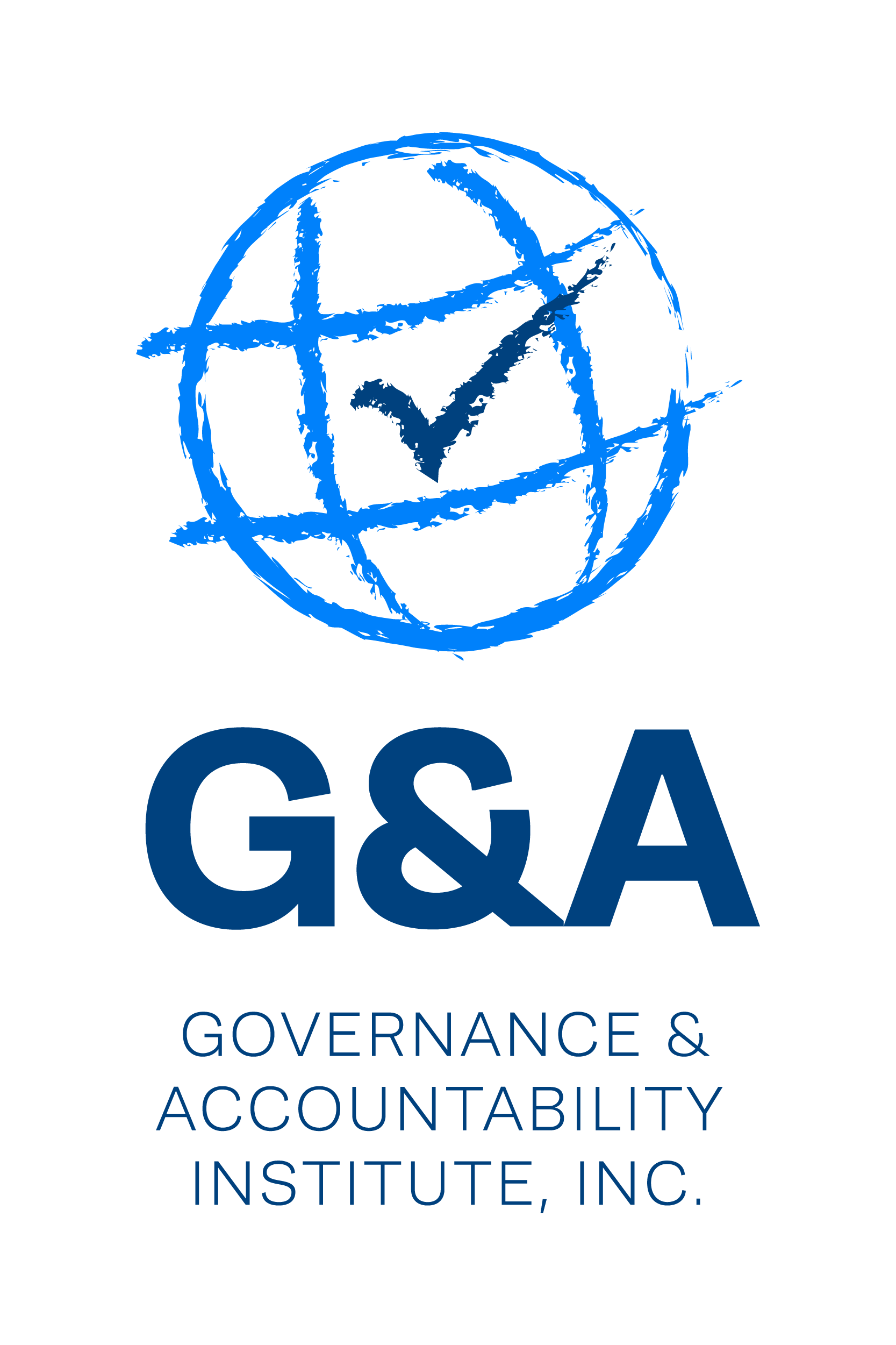“Total Impact Valuation” – Monetizing the Enterprise’s “Cost-Benefit Analysis” of Impact on Society? This is for CEOs –Advice From The Conference Board
G&A's Sustainability Highlights (07.12.2018)

“Total Impact Valuation” – Monetizing the Enterprise’s “Cost-Benefit Analysis” …
Today’s question for corporate CEO’s: Have you examined your company’s “Total Impact Valuation,” a new approach being advanced by The Conference Board, wherein the enterprises’ impact on society is monetized (cost/benefit evaluated and value attached)?
A small group of companies is doing these exercises. Think of their efforts to date as expanding the usual reporting of “Input/Output” to seriously consider (1) Outcomes, (2) Impacts, (3) Cost and Benefit to Society (and to the company).
Such firms as BASF (the German chemical giant), cement industry leaders Holcim/Ambjua Cement and LafargeHolcim, Samsung, Akzonobel (materials), ABN AMRO (Holland, financial services), Volvo (vehicles), and Argo (materials, Colombia) have been doing something along these lines and reporting results for a few years now on web sites, in sustainability reports, in financial statements, in a “total contribution report” or “value-added statement”, and by other means.
Some of these disclosures are third party assured (Argo’s is by Deloitte) and otherwise guided; the big accounting firms are involved (PwC and KPMG included).
This appears to us to have the potential to take corporate sustainability reporting to expanded (new) levels for at least the publicly-traded large caps - that is, if enough investors jump aboard the concept and ask for the information. (Think about public discussion of the company’s “plus or minus” impact on society beyond the fences.)
Thomas Singer, Corporate Leadership research leader at The Conference Board, presents findings of his sampling of firms (those identified above) and shares his perspectives on the concept in Chief Executive Magazine – it’s our Top Story for you this issue. BASF shares its “Value to Society” model (there’s a link to this in the article). The company, explains Singer, monetizes more than 20 different types of environmental, social and economic impacts, including direct and indirect suppliers and even customer industries.
Author Thomas Singer turns out a good amount of strategic advice to company leaders and has been focusing more in his Director Notes on ESG and corporate sustainability. There’s links to his papers and publications for you in the link.
A major drawback here in the U.S.A.: there is no standard benchmark for measuring progress or lack of, and to guide reporting; there is in turn no way to compare company “A” to “B” for investors, ratings analysts and others.
So what do you think – is this a “we’re a long way from Kansas, Toto” moment for corporate leaders in terms of expectations of shareholders and stakeholders for what the companies will share in their disclosures of the future? (The “Kansas” reference being the bad old days practices of chemicals and other companies “externalizing” costs to society for environmental mismanagement and minimizing the actual costs of clean up in financial reports.)
The practice got underway in Europe – and we will be watching to see if U.S.-based public companies pick up on the concept. Especially those where their foreign peers have the modeling and techniques underway. That is what happened with corporate sustainability and ESG reporting over time.
This is just the introduction of G&A's Sustainability Highlights newsletter this week. Click here to view full issue.

